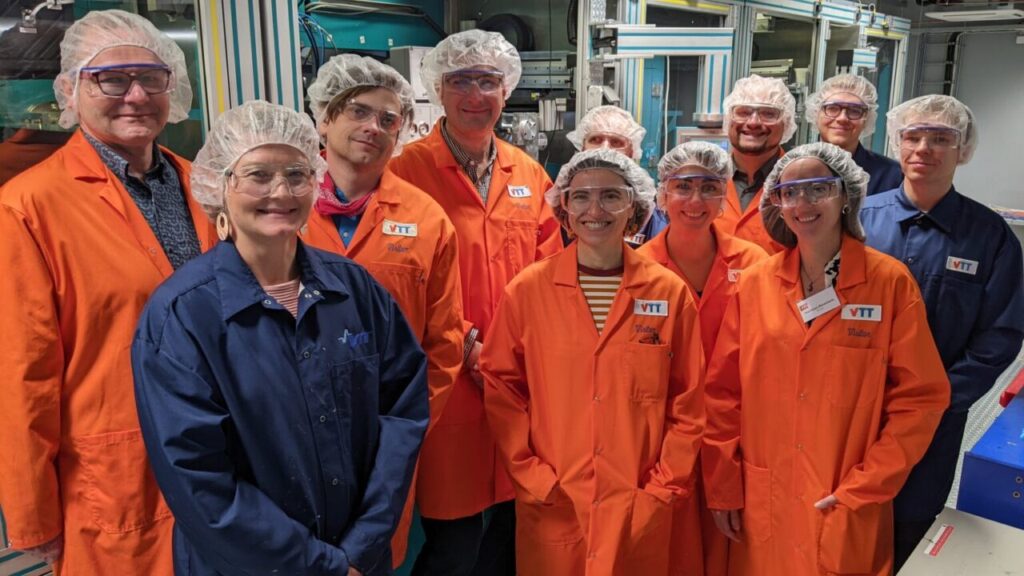
European research initiative the PEARL Consortium has developed perovskite solar cells with carbon electrodes with a conversion efficiency of 21.6%.
This is one of the consortium’s main achievements in the first 18 months of its work, and was achieved by the Spanish research institute ICIQ. Other milestones include the development of a 17.03% efficient cell with “greener perovskite solvents”, in tandem with the University of Rome Tor Vergata; a cell with a conversion efficiency of 14.8% that uses a new cell printing process, developed with Finnish organisation VTT; and the launch of a cell with a 9.1% conversion efficiency with a slot-die coated perovskite stack, completed with Dutch research institute TNO.
Try Premium for just $1
- Full premium access for the first month at only $1
- Converts to an annual rate after 30 days unless cancelled
- Cancel anytime during the trial period
Premium Benefits
- Expert industry analysis and interviews
- Digital access to PV Tech Power journal
- Exclusive event discounts
Or get the full Premium subscription right away
Or continue reading this article for free
The consortium has also developed a “protective encapsulation” that keeps solar cells stable for over 2,000 hours under damp-heat conditions, which is notable as other industry leading technologies, such as tunnel oxide passivated contact (TOPCon), have been shown to suffer “significant degradation” in damp heat testing.
Improving cells’ performances in such environments will improve power generation for solar projects in these environments, and make investment decisions in solar projects in these countries more attractive.
VTT and TNO have also developed a roll-to-roll (R2R) production process involving flexible minimodules, covering an area of 36cm2 and with a conversion efficiency of 4.5%.
The R2R process, which involves the production of rolls of modules constantly to enhance throughput and reduce production costs, could be a means to expand production to a commercial scale, which is the next significant milestone for the perovskite sector, and where much of the recent innovation has focused.
Earlier this month, researchers from the Fraunhofer Institute for Solar Energy Systems (ISE), Freiburg University and the King Abdullah University of Science and Technology (KAUST) found that the passivation of perovskite cells is possible in combination with industry-standard silicon cells, which they described as “a solid foundation” for future research.
Aiming for 25% conversion efficiency
“These achievements bring us firmly within reach of our 25% target—paving the way to low-cost, high-performance solar modules for applications from building-integrated photovoltaics (BIPV) to the Internet of Things,” said Dr Riikka Suhonen, PEARL project coordinator at VTT.
The news comes as the PEARL Consortium reaches the halfway stage of its three-year programme. Funded by the EU’s Horizon Europe research and innovation programme, with support from UK Research and Innovation and the Swiss State Secretariat for Education, Research and Innovation, the programme aims to produce low-cost flexible perovskite solar cells with carbon electrodes, with a conversion efficiency of 25%, by October 2026.
The researchers expect to “further optimise” its R2R manufacturing process over the next 18 months, test larger modules for outdoor use, publish results on its product life cycle assessment and develop “pilot-scale production protocols” to inform scaled-up operations. The consortium aims to bring flexible solar cells to market for the BIPV and internet of things sectors in particular.






